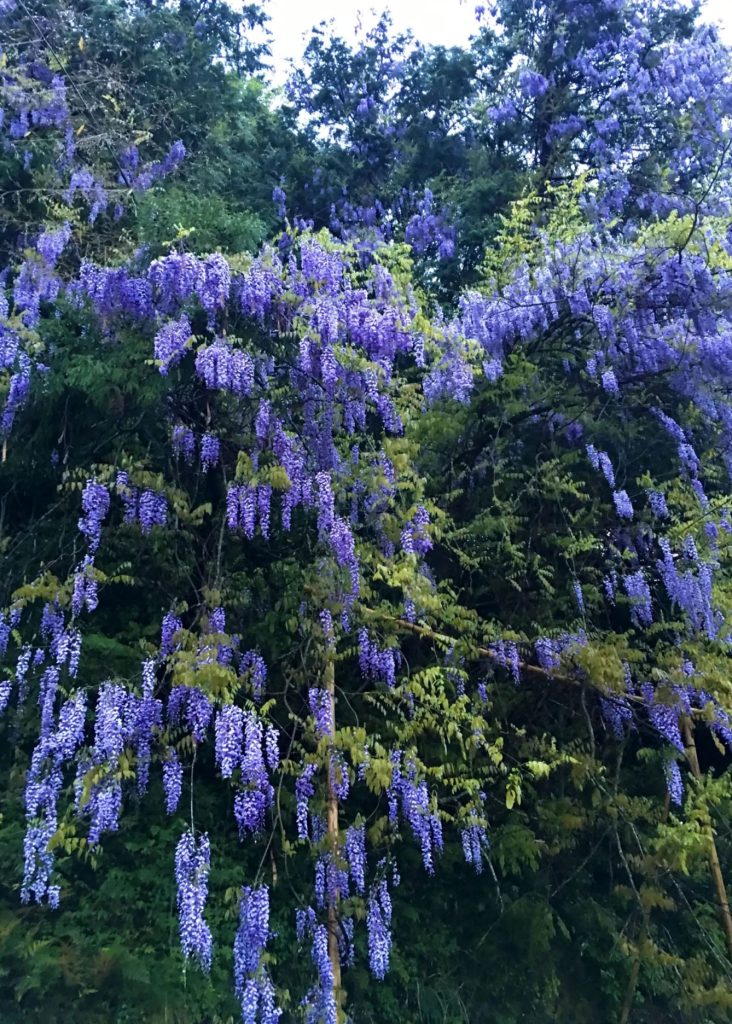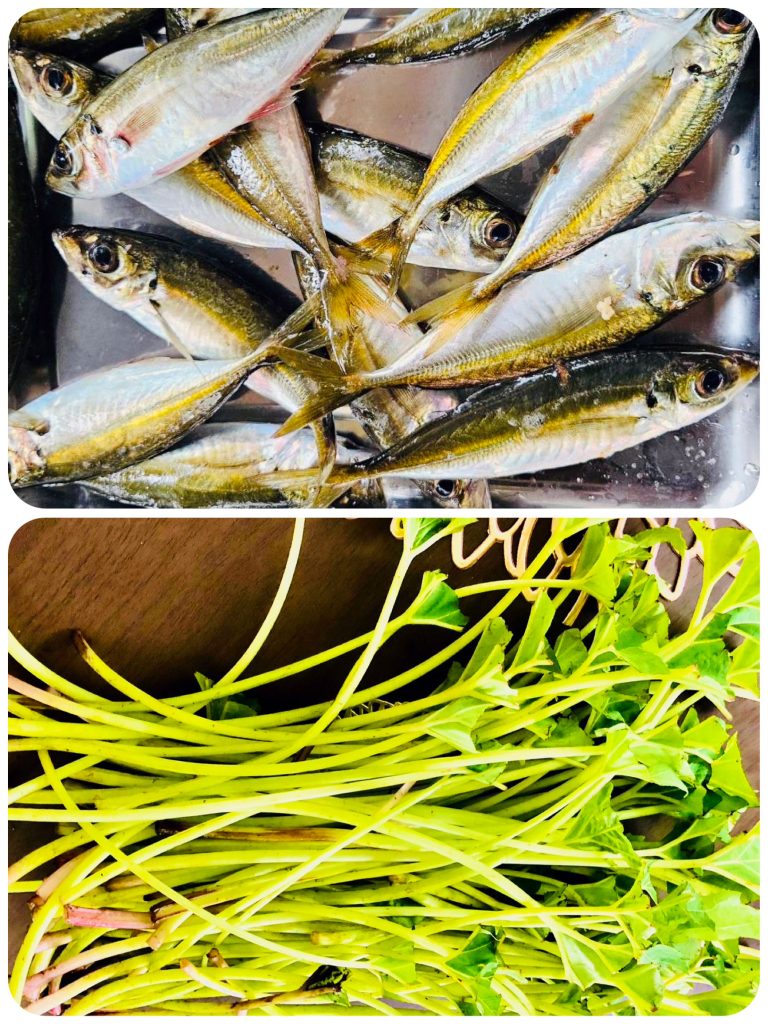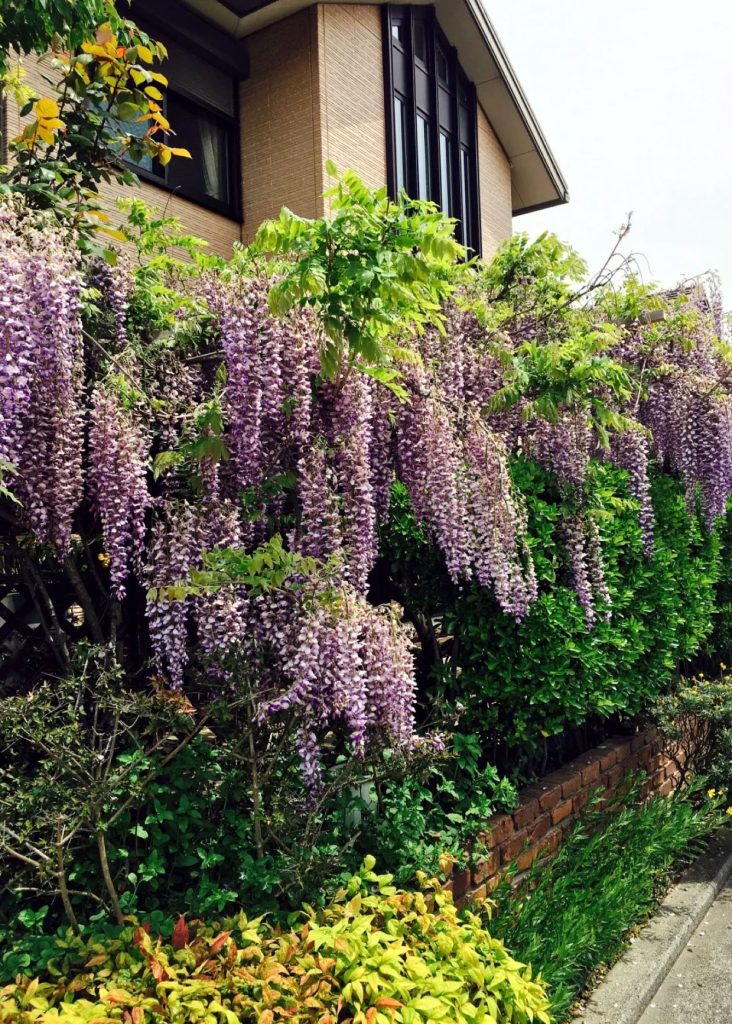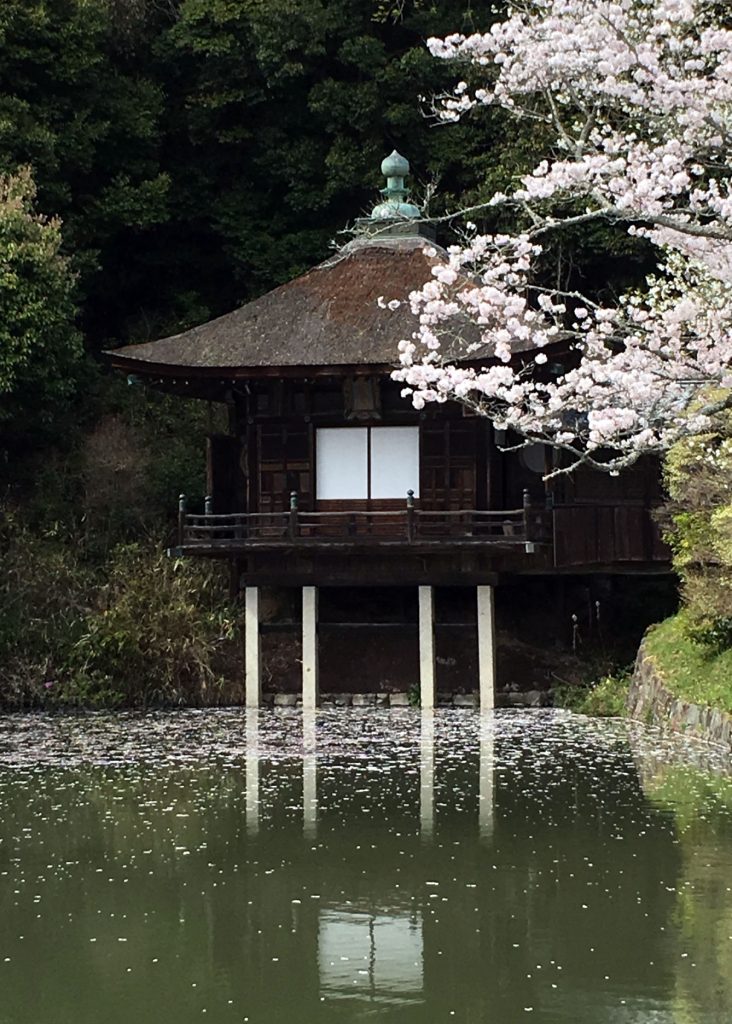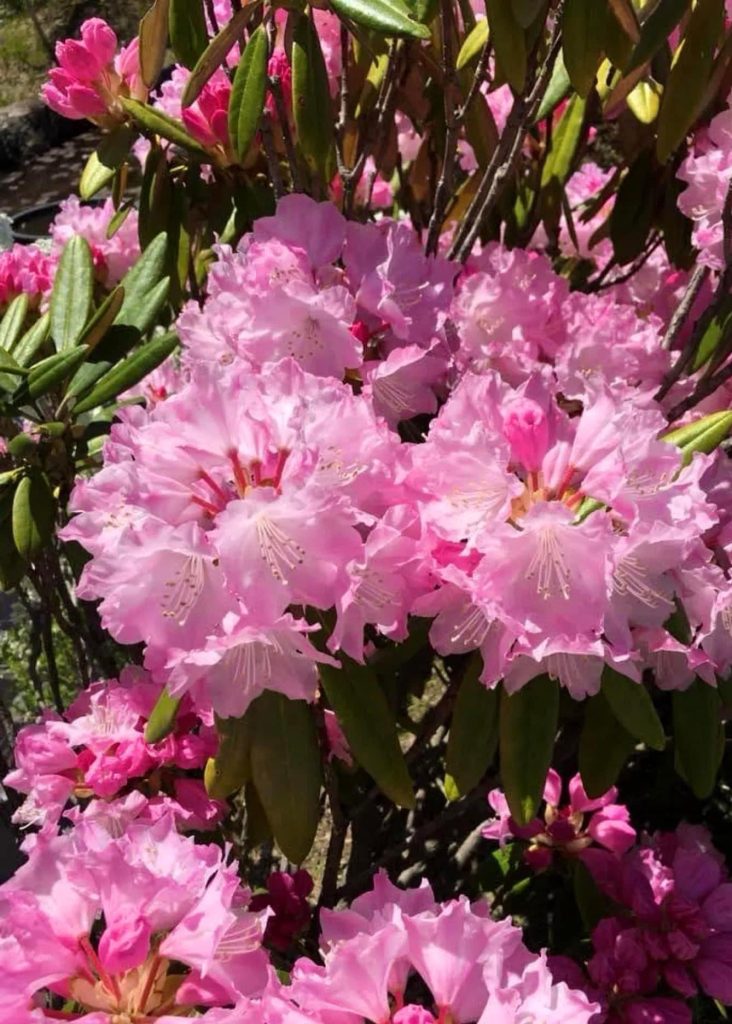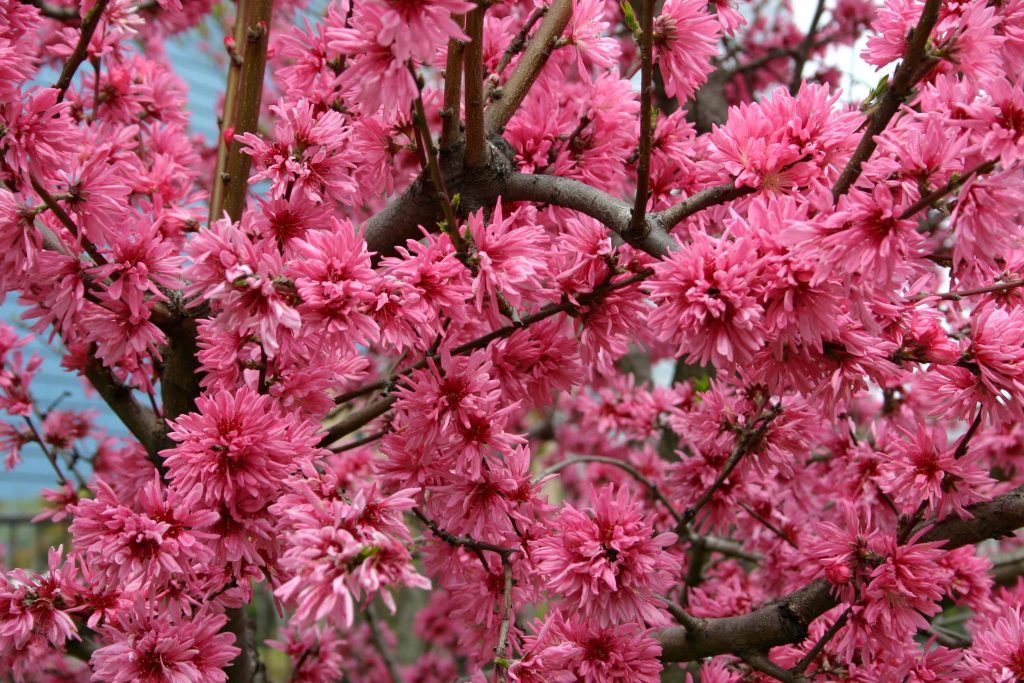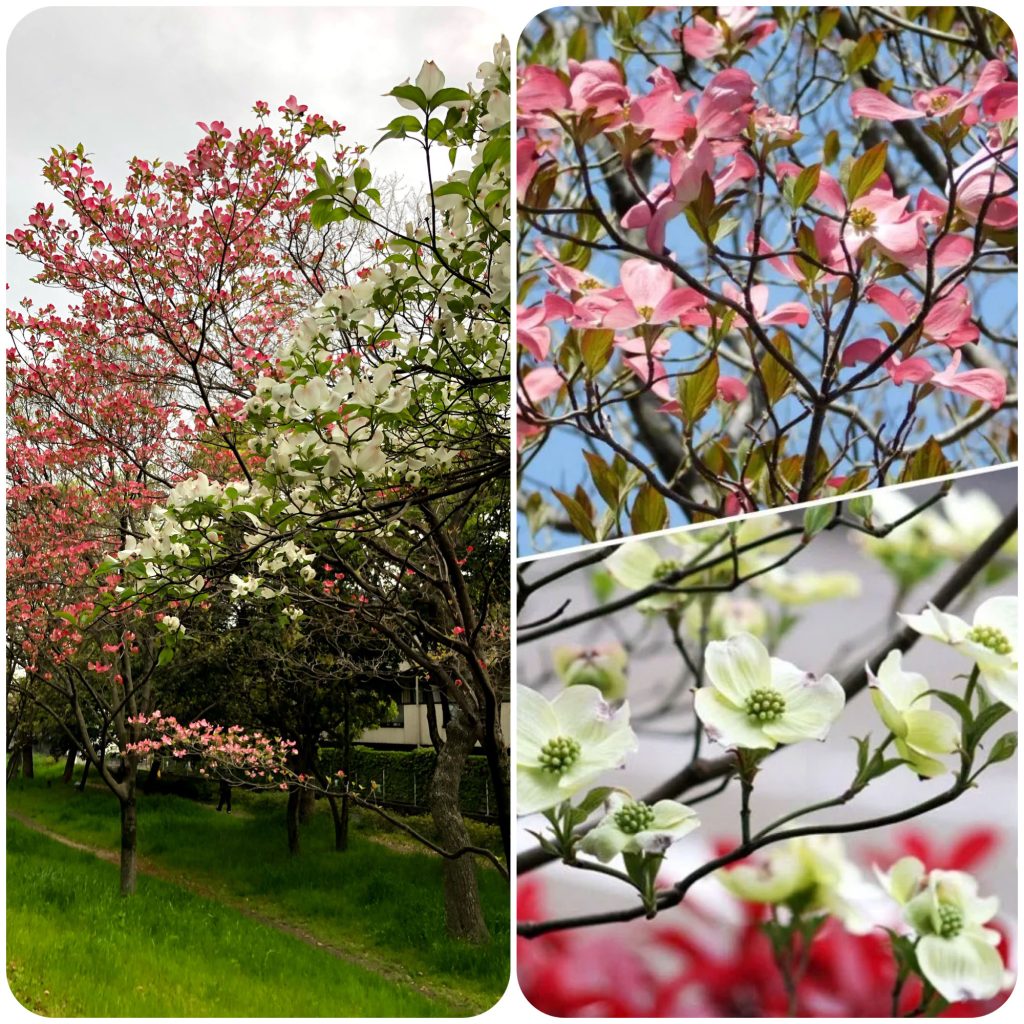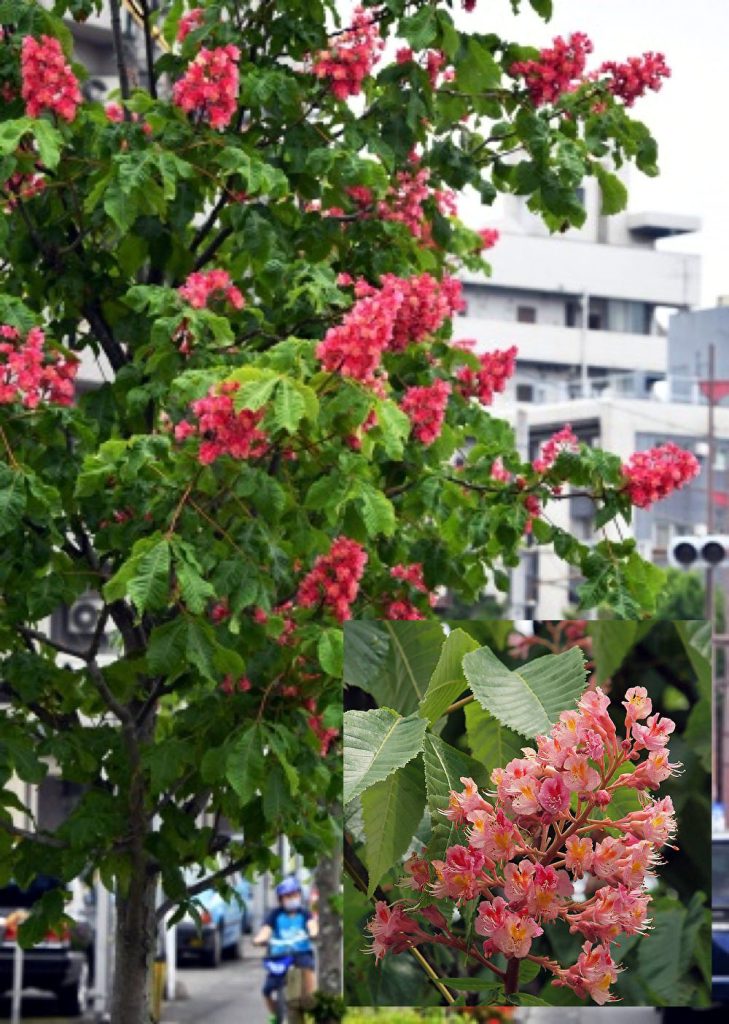
The Southern Japan Newspaper reports that the marronnier flowers, adorning the streets of early summer, are now in full bloom. When we hear ‘marronnier trees,’ we immediately think of the famous Champs-Élysées, a tree-lined avenue stretching approximately 3 km from the Place de la Concorde with its obelisk to the Place Charles de Gaulle with the Arc de Triomphe in Paris. Marronnier flowers, much like cherry blossoms in Japan, represent Paris. While still relatively rare in Japan, they are gradually gaining popularity.
One immediately recalls ‘Under the Marronnier Tree’ upon hearing about marronnier trees. This song, a masterpiece of Japanese continental tango, became wildly popular when Matsushima Utako sang it in 1937. Originally intended to be performed by a band at a comfort meeting for families of soldiers departing for war at Asakusa Public Hall during wartime, the arrival of the band was delayed due to repeated air raid warnings. In a rush, someone said to Matsushima, ‘You used to be a music teacher, right? You can play the piano. Play and sing.’ Thus, Matsushima performed an impromptu solo performance. The audience was enchanted by the rare sight of a solo performance at the time, combined with Matsushima’s heartfelt singing. Since then, ‘Under the Marronnier Tree’ became the first solo song in the world of popular music.
Matsushima Utako hailed from Yanai City in Yamaguchi Prefecture and participated in NHK’s Red and White Song Battle from the first to the eleventh editions (missing the second edition due to a traffic accident). Matsushima Utako was also the first to perform ‘Desert of the Moon.’ In Yanai City, there is the ‘Matsushima Utako Memorial Hall,’ and in its garden stands a monument dedicated to ‘Under the Marronnier Tree.’
南日本新聞に初夏の街路を彩るマロニエの花が見頃を迎えていると報じています。マロニエといえば、パリの、オベリスクのあるコンコルド広場から、凱旋門のあるシャルル・ド・ゴール広場までを結ぶ全長約3kmのシャンゼリゼが、マロニエの並木道として有名です。マロニエの花は、日本のサクラのようにパリを代表する花です。日本ではまだ見かけることも少ない花ですが、徐々に広がりつつあります。
マロニエと聞くとすぐ思い出すのが『マロニエの木陰』です。昭和12(1937)に松島詩子が歌ってたちまち大流行した、和製コンチネンタル・タンゴの傑作です。戦時下の浅草公会堂で出征家族の慰安会で歌うことになっていたこの歌が、相次ぐ空襲警報でバンドマンたちの到着が遅れ、「松島さん、元音楽教師だからピアノが弾けるだろ。弾いて歌ってよ。」と急遽弾き語りになりました。当時としては珍しい弾き語りと、松島の心に染み入る歌唱力に会場は酔い痴れることになりました。以来、『マロニエの木陰』は歌謡界で最初の“弾き語り”の歌になったわけです。
松島詩子は山口県柳井市の出で、NHKの紅白歌合戦に第1回から第11回まで(第2回は交通事故で欠場)連続出場しました。『月の砂漠』を最初に歌ったのも松島詩子です。柳井市には「松島詩子記念館」があり、その庭には「マロニエの木陰」の歌碑が建っています。

